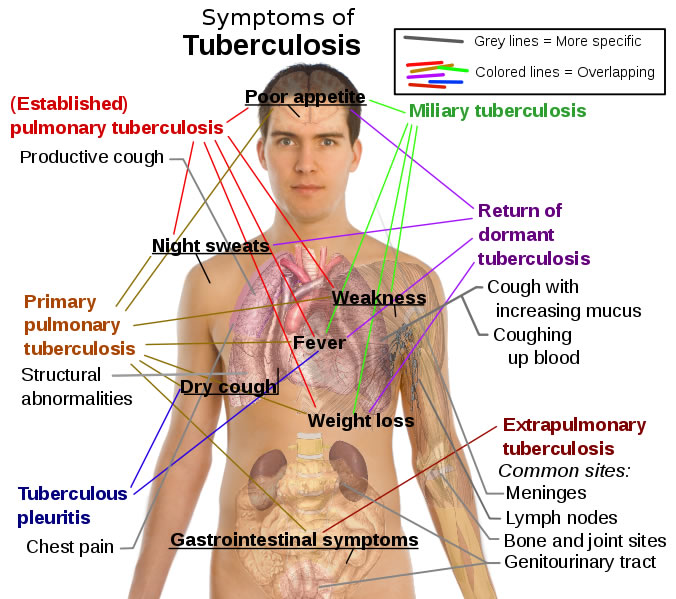The other day, while flipping through my parent’s
medical books in the library at our house, I saw a picture of a man with an
enlarged thyroid gland. I was shocked at how enlarged the man’s
thyroid gland was, so I wanted to investigate more on the disease called
Hashimoto’s disease. I discovered that Hashimoto’s disease is an autoimmune
disease, where the immune system sends T cells and create antibodies that would destroy a person’s thyroid tissue/gland. Interestingly enough, doctors
currently do not know what causes one’s immune system to attack their thyroid
gland. However, some suspect it is due to a virus or bacterium that might have
triggered the response, while there are others who believe it is due to genetic
flaws. It is found that women are more likely to develop the disease than men.
Hashimoto’s disease slowly progresses as one ages.
Thyroid hormones would begin to decrease, TSH levels would increase as a result
of decreased negative feedback, and goiter is likely to develop. The signs and
symptoms of Hashimoto’s disease are basically under the general category of
hypothyroidism, which include fatigue, puffy face, hoarse voice, pain and
stiffness in joints, swelling in various parts of the body, muscle aches, and
unexplained weight gain (mostly fluid). The treatments for Hashimoto’s disease
involves daily replacement with pharmaceutical preparations of T4,
which restores the thyroid hormone levels and decrease TSH levels back to
normal.
References
"Hashimoto's Disease." Symptoms.
Mayo Clinic, 2 Jan. 2014. Web. 27 Feb. 2014.
Widmaier, Eric P., Hershel Raff, Kevin T.
Strang, and Arthur J. Vander. Vander's Human Physiology: The Mechanisms of
Body Function. New York: McGraw-Hill, 2011. Print.


